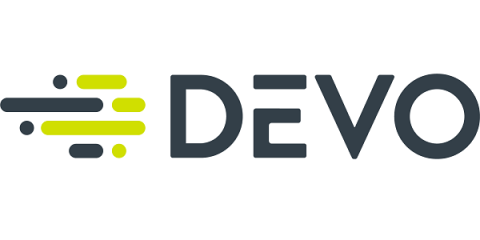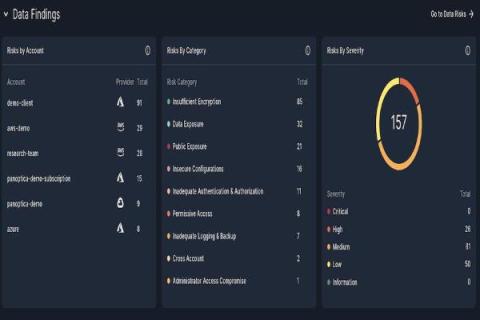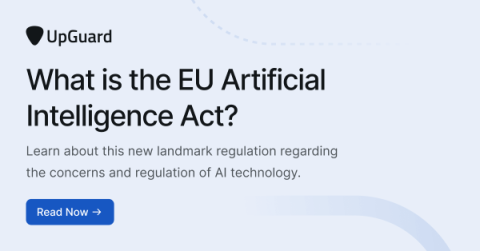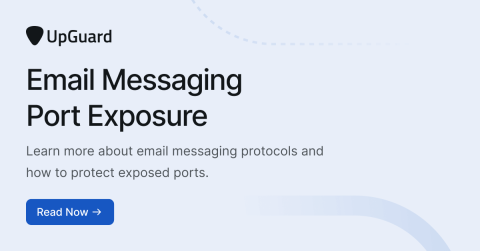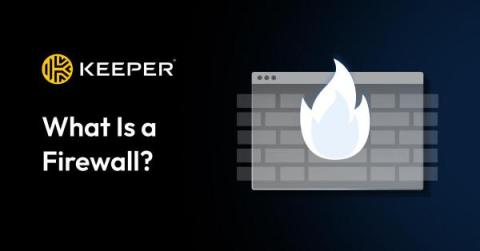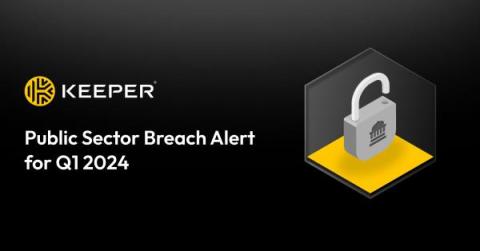Don't Forget Mobile Security: How Mobile Devices Serve as Keys to the Cloud
In February 2024, Lookout discovered an advanced phishing kit targeting the Federal Communications Commission (FCC), along with several cryptocurrency platforms. While most people think of email as the realm of phishing attacks, this threat actor — known as CryptoChameleon — used the phishing kit to build a carbon copies of single sign-on (SSO) pages, then used a combination of email, SMS, and voice phishing to target mobile device users.



